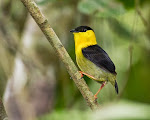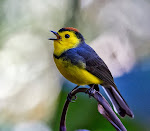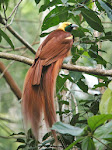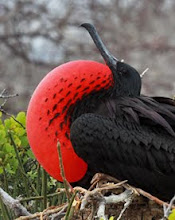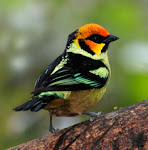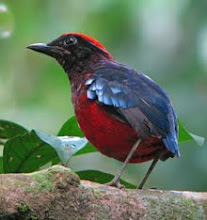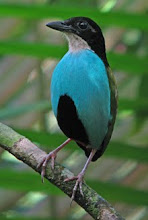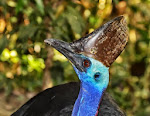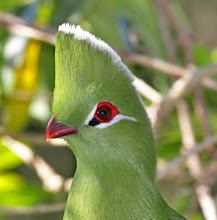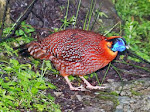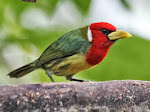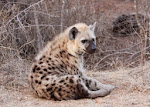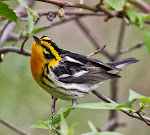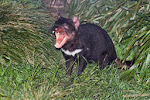

We (Scott Watson and I) began our day checking the Houston Audubon Society's Boy Scout Woods for any migrants that may have come in late the day before. With little inclement weather to encourage them to come down to the coastal mottes we held little real hope. However, we still managed to pull some quality migrant fare out of the fire as it were, with the help of some locals checking out the bushes a short time before we did (thanks Dave and Tom!): Yellow-throated Warbler, Blue-headed Vireo and Northern Parula being the clear highlights with the lack of competition in the woods.
However, a bad-middling warbler day at this time can be compensated for by a run down to the coast, which sure enough paid dividends...We mixed it up with a visit to Rollover Pass, followed by a run down to HAS Bolivar Flats, which combined produced a mass of shorebirds and coastal birds. Favorites (for me anyway) at Rollover included several confiding, enormous-beaked Long-billed Curlews, a smattering of American Avocets, all rusted-up for spring, and the usual dancing antics from the local Reddish Egrets that included both the traditional red forms, and scarcer white morphs too.
Down at the flats healthy numbers of Western Sandpipers were present, sporting the chestnut-tones of summer, particularly evident when buried in a flock of pallid Sanderlings there! Other highlights included half a dozen portly Piping Plovers, which seemed to stand by the car and shout "shoot me", which of course, I duly did!
On top of all of that Happy brought us a rather large, and much welcomed cake, and Julia turned up bearing brisket. So we will fatten up while we wait for the inevitable wave of migrants to come! Thanks
More from High Island imminently...



















































